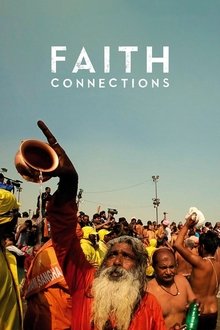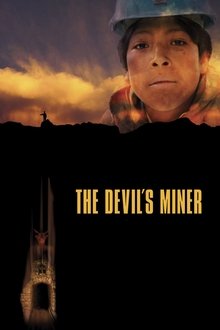A visit to Peterlee, Co. Durham.
Related Movies
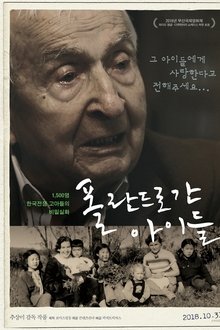
Children Gone to Poland (2018)
Tracing the footsteps of North Korean orphans who went to Poland during the Korean War, two women, one from the North and the other from the South, bond through the solidarity of wound and forge together a path toward healing.
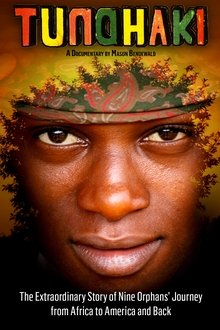
TUNAHAKI (2010)
Tunahaki is the extraordinary story of nine gifted orphans who are acrobats. We follow their journey as an American volunteer takes them from Africa to study with Cirque du Soleil in Las Vegas. They end up touring the States and raising hundreds of thousands of dollars, more than enough to build a permanent home. But how have the kids' experiences in America affected them? And how will it change things back home in Tanzania? Tunahaki's heartfelt journey gives us something new to ponder as we reach across the world to help those less fortunate—is it always the right thing to do?

Railway Roundabout 1958 (2006)
First volume of highlights from the 1950s and 1960s television series about the vanishing train lines. Here you have a chance to see the Bristol line as it looked during 1958.

Railway Roundabout 1959 (2006)
Another volume of highlights from the 1950s and 1960s television series about the vanishing train lines. Here you have a chance to relive some of the great train journeys in this nostalgic trip which looks at the closing of the Wye Valley, and includes a trip on the 'Brighton Belle' and a visit to King's Cross shed.

Railway Roundabout 1960 (2006)
Another volume of highlights from the 1950s and 1960s television series about the vanishing train lines. Here you have a chance to relive some of the great trains of the past, featuring a visit to Perth Shed and trains at Newcastle-upon-Tyne.

Railway Roundabout 1962 (2006)
Another volume of highlights from the 1950s and 1960s television series about the vanishing train lines. Here a bevvy of beautiful locomotives take the enthusiast back in time, including a journey from Ryde to Ventnor and the chance to take a spin on the Cumbrian Coast Express.
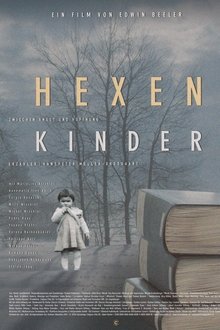
Hexenkinder (2020)
The movie recalls children who suffered mental and physical harm both during the last century, particularly in religious orphanages, and during the time of early modernperiod witch-hunts. It shows that the mindsets and behavioural patterns of both time periods are more alike than one might think.
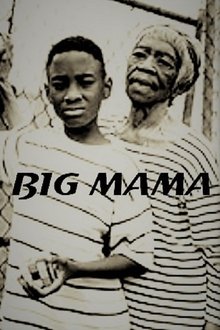
Big Mama (2000)
Eighteen months in the life of 89 years old Viola Dees as she tries of persuade Los Angeles authorities that she can care for her grandson, 9-year-old Walter.
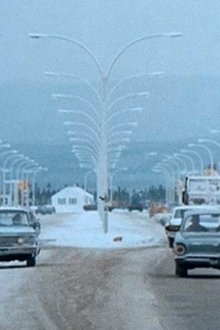
Québec...? (1967)
This short documentary film is a fascinating portrait of urban and rural Quebec in the late 1960s, as the province entered modernity. The collective work produced for the Quebec Ministry of Industry and Commerce calls on several major Quebec figures.
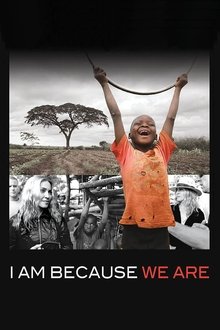
I Am Because We Are (2008)
A look into the lives of Malawi's 1 million plus orphans in the wake of the AIDS pandemic. It offers hope and real solutions to the challenges that people face living in extreme poverty.
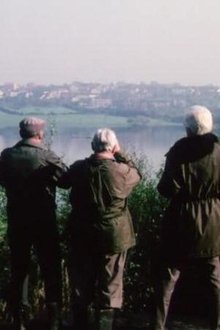
Review 34th Year No. 7 (1981)
A West Yorkshire story of rewilding wetlands in a landscape once dominated by deep coal mining.
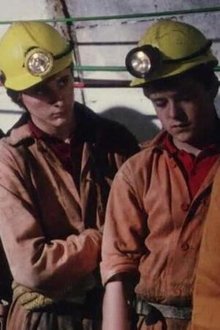
Review 35th Year No. 4 (1981)
"It's still men who win coal": a look at the past, present and future of the coal industry.
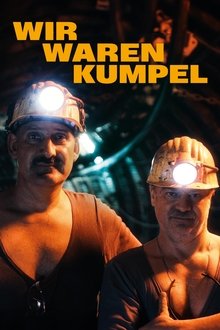
Once We Were Pitmen (2024)
Black dust, shrill metallic noises, dark tunnels, muscular bodies – all that is the past. At the end of 2018, extraction of coal throughout Germany came to an end. That same year, the voices of the emerging climate protest movement Fridays for Future grew louder. Against the backdrop of these media and socio-political events, the film follows five miners on their tragic, humorous and heartwarming search for a new role in life.
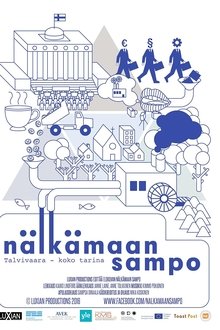
The Land of Mine (2016)
Republic of Finland is promoting clean technology by organizing Green Mining seminars where foreign experts tell us how the development of the world is becoming increasingly expensive by 2050. The Earth is running out of resources and mining companies have to use increasingly low-grade metal deposits. Finland aims to be a model country for environmentally friendly mining. Its pioneer project is Talvivaara, which uses new biotechnology to extract nickel, zinc and uranium. Through several charismatic characters, the documentary film The Land Of Mine follows the rise of the biggest nickel mine in Western Europe and the ensuing disasters whose effects continue to reverberate in the nation.
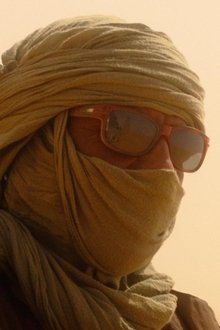
Mountain of Gold (2025)
Gold fever has gripped northern Niger. In search of the precious metal, and despite the risks, an army of researchers has invaded the sites of interest. While camps are set up and dismantled as rumours of new leads spread, Moussa and his companions are banking on the Ikazan vein.

